Wondermondo 🢖 World 🢖 Wonders of South America 🢖 Wonders of Uruguay
Territory
Wonders of Uruguay
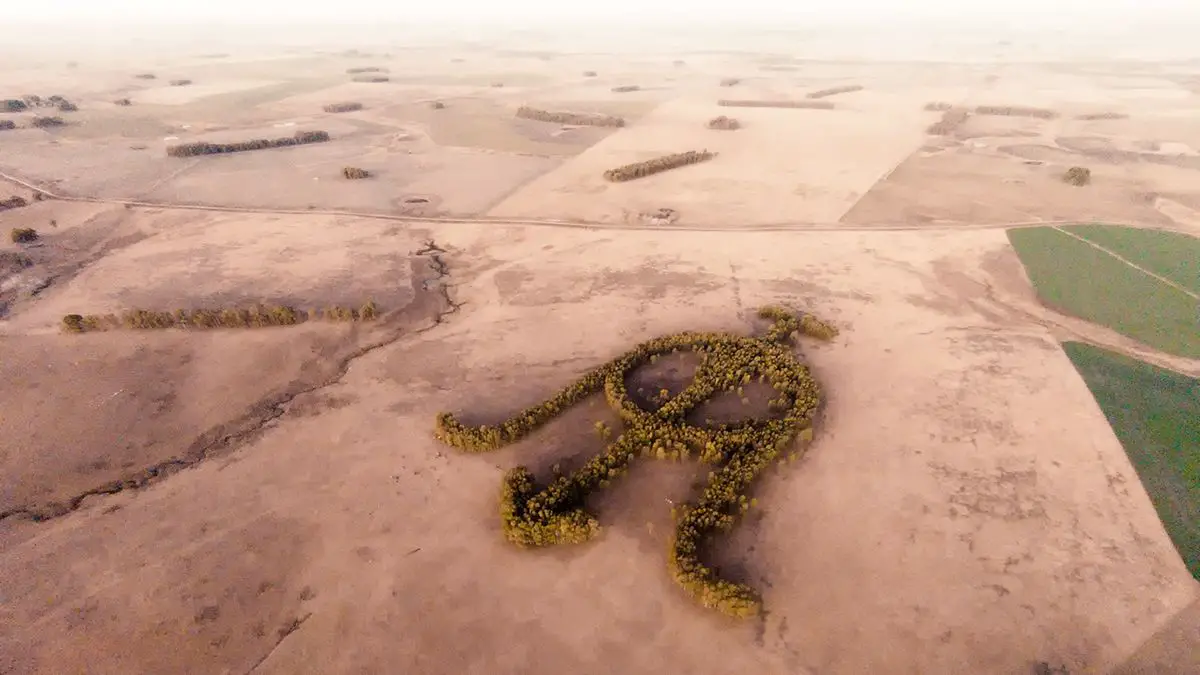
 Highlights
Highlights
If compared to the landscape of other South American countries, Uruguay is calm, idyllic, and refreshing. The country is not that rich with breathtaking natural landmarks, but this is compensated with a diverse man-made heritage. The most amazing wonders of Uruguay are:
- Interesting and often – eccentric modern architecture. Casapueblo, Cristo Obrero Church, Palacio Salvo, Puente de la Barra – these buildings are daring and unusual. People in Uruguay have been not shy to test something new and different.
- Archaeological heritage. Archaeological monuments in Uruguay are not visually impressive – but their research might change the way we look at the past of South America. The last decade has brought discoveries and now it seems to be possible that several thousand years ago here developed ancient agricultural societies.
Map with the described wonders
If you see this after your page is loaded completely, leafletJS files are missing.
 Top 25 wonders of Uruguay
Top 25 wonders of Uruguay
Geological wonders
Quebrada de los Cuervos
Treinta y Tres
A unique landscape for the country – the largest river valley in the country. At the bottom of the valley is a subtropical climate, there grows lush, diverse vegetation.
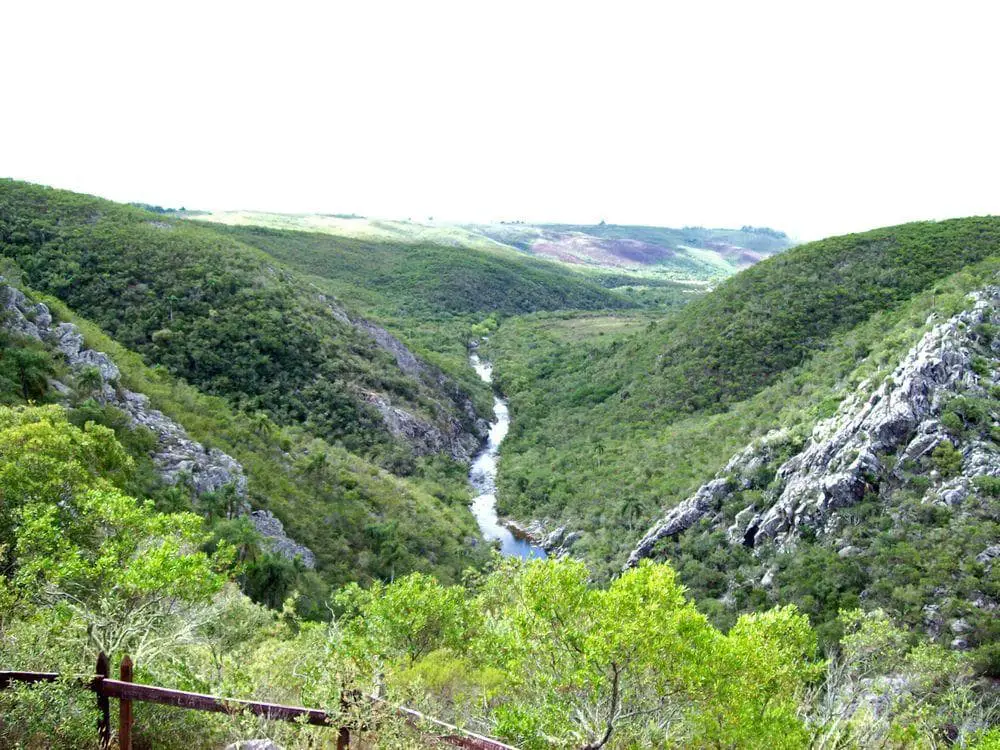
Salto del Penitente
Lavalleja
More than 60 m tall waterfall. The water there slides down along a steep cliff face.
Biological wonders
Monte de Ombúes
Rocha
Possibly the largest and most spectacular forest of the unique ombú tree (Phitolacca dioica) – an herb of tree-like form, reaching a circumference of 15 meters. For the most part, ombú is a solitary tree, but here it forms a 20 km² large stand.
Monte de Ombúes, Arequita (Sendero de los Ombues)
Lavalleja
Forest of ombú trees (Phitolacca dioica) at the western part of steep cliff – Cerro Arequita.
Timbó in Villa Soriano
Soriano
This enormous Pacara Earpod tree (Enterolobium contortisiliquum) reportedly is the largest tree in Uruguay. Crown diameter – 40 m and trunk diameter – 3 m.
Vizcaino Creek fossil bed
Canelones
Rich find of 29,000 years old fossils. Contains thousands of bones of glyptodonts, sloths, and toxodonts in an excellent state of preservation. Found possible stone utensils and scratches in the bones that may have been left by humans – thus hinting at the possibility that humans came to America much earlier than was thought before.
Archaeological wonders
Valle del Hilo de la Vida
Lavalleja
Valley with some hundred enigmatic, cone-shaped, up to 3 m tall stone towers. It is not known when and why these structures were built.
Architecture wonders
Colonia del Sacramento Old Town
Colonia
The oldest city in Uruguay, established in 1680. There have been preserved many old buildings and cobblestoned streets in this Portuguese-built city and this seaside city looks very romantic.
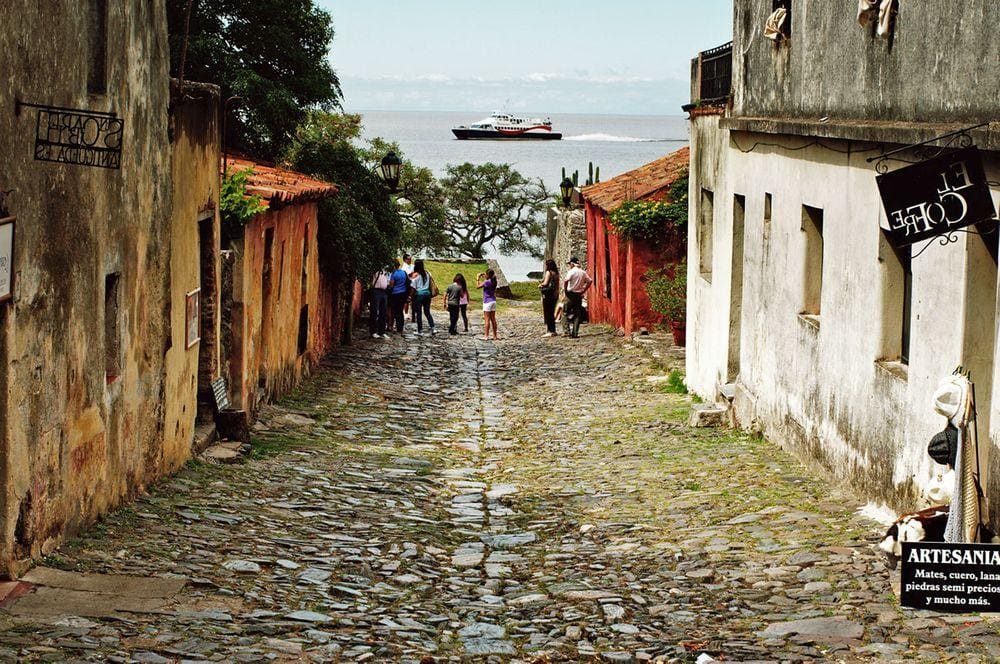
Iglesia Matriz
Colonia
The oldest church in Uruguay, built in 1695 – 1699. Simple, whitewashed building with two towers.
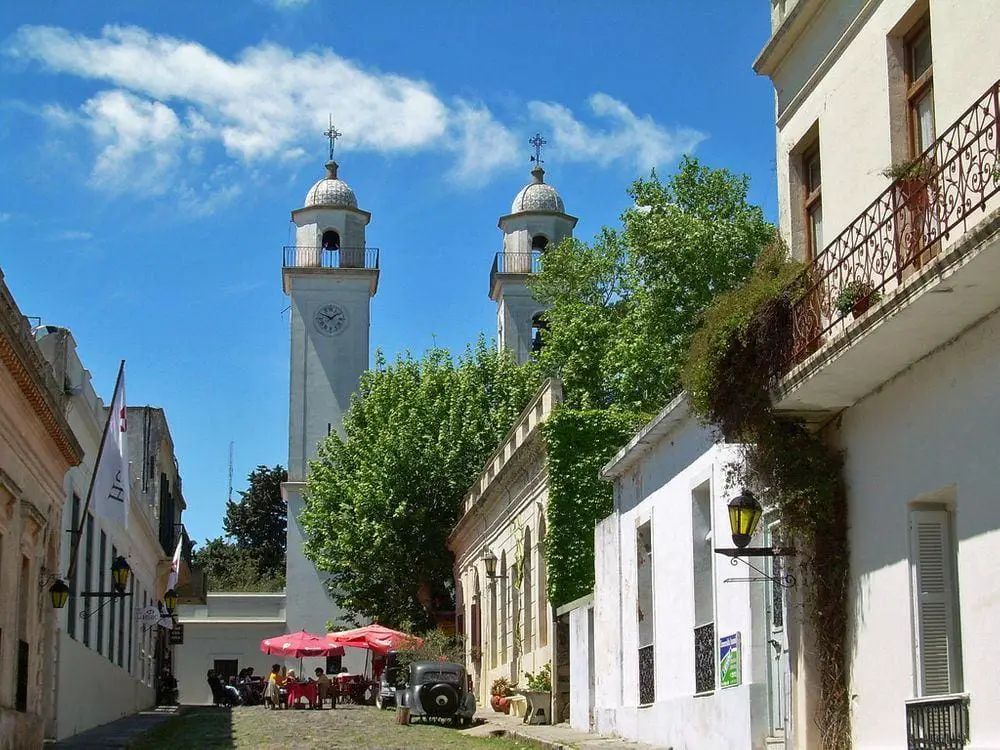
Palacio Salvo
Montevideo
Iconic building – a skyscraper in original Art Deco style forms. Constructed in 1925 – 1928, 100 m high, 27 floors.
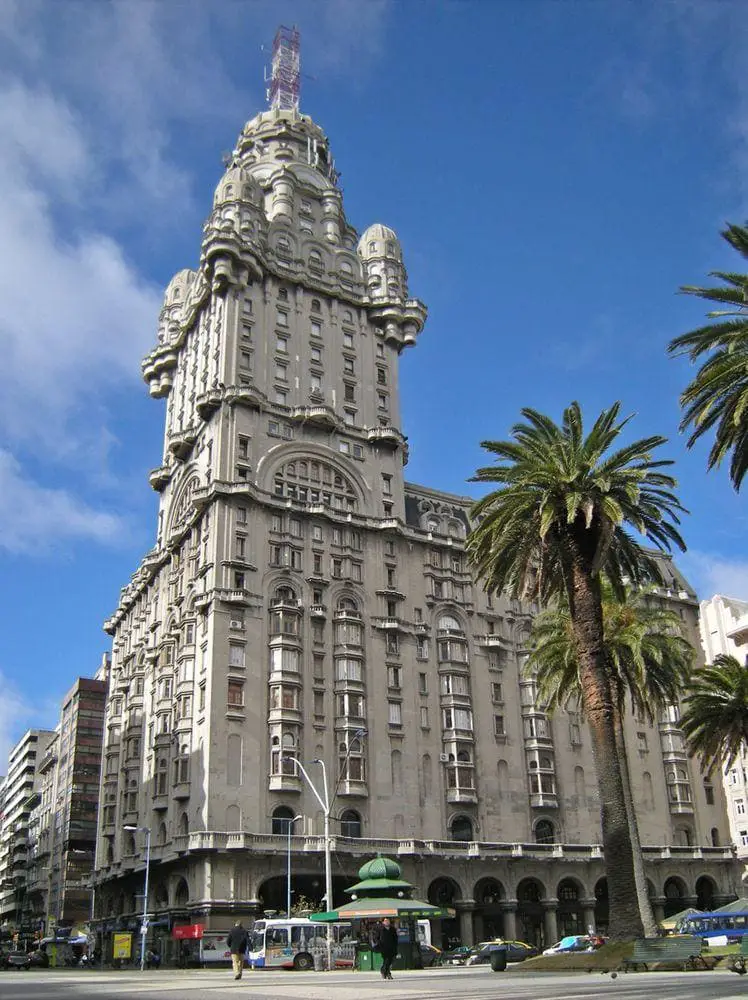
Puente de la Barra
Maldonado
Road bridge with a highly unusual design, built in 1965.
Casapueblo
Maldonado
An enormous private house – a sculpture of artist Carlos Páez Vilaró. The white-colored house has been built since 1960 and now resembles a fantastic fairytale palace.
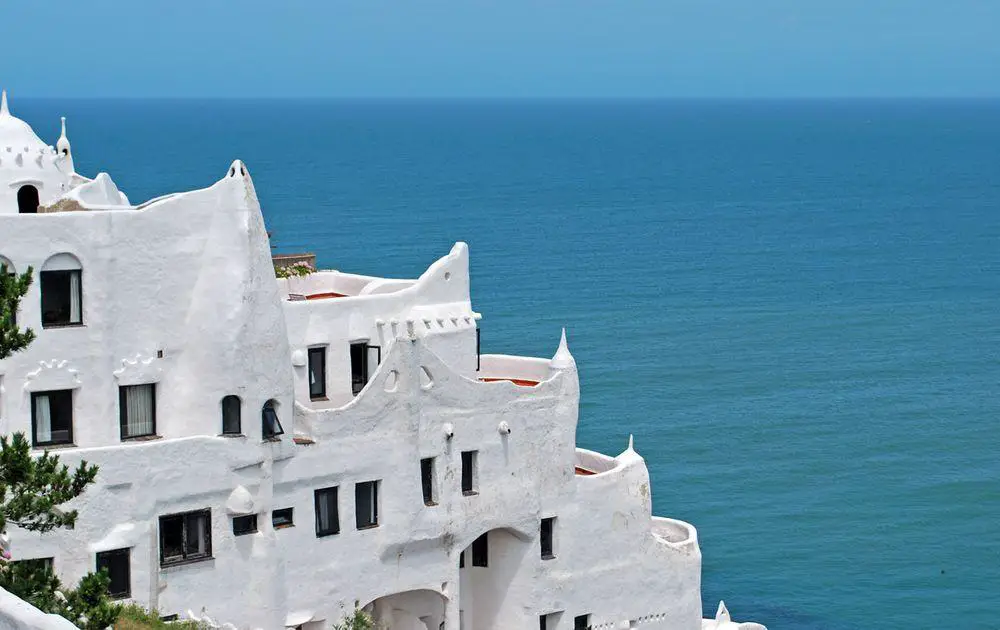
Castillo de Piria
Maldonado
A private residence in Neo-Gothic style, built in 1897. Resembles a fortified castle. Built by Francisco Piria who developed Piriapolis as his private town.
Palacio Taranco
Montevideo
An ornate government building, constructed in the early 20th century. The ornate building contains the Museum of Decorative Arts.
Palacio Legislativo
Montevideo
The Uruguayan parliament building, built in 1904 – 1925. Enormous Neo-Classical structure with interesting architecture, and ornate interior.
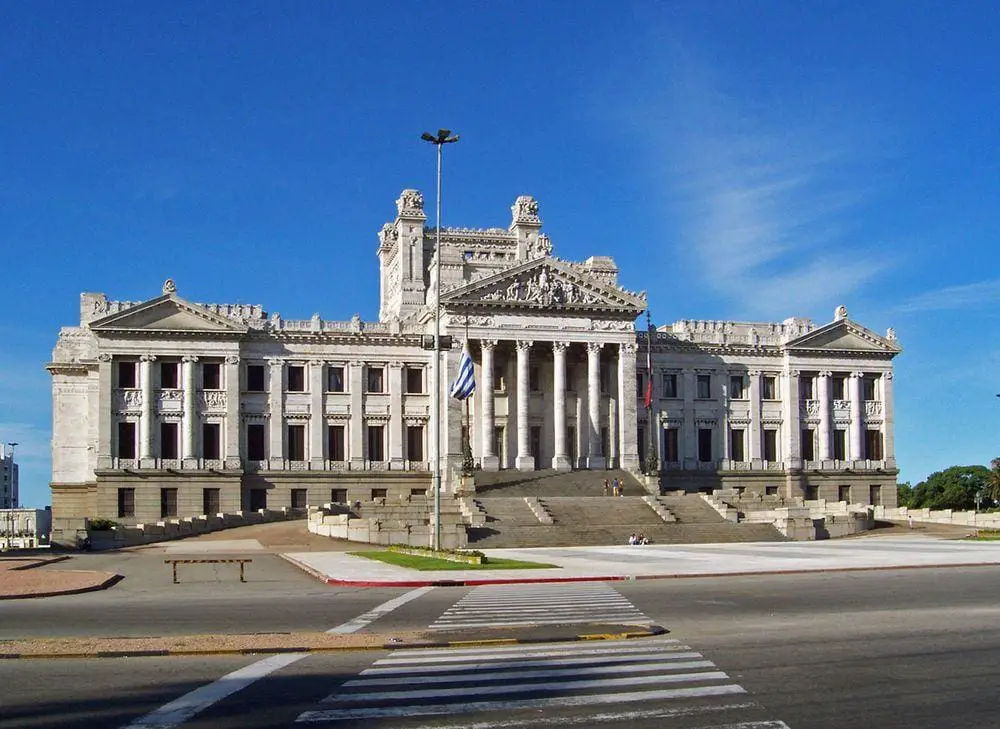
Museo Torres García
Montevideo
Art museum in a seven floors high Art Nouveau building. The centerpiece of the exposition is a collection of cubist paintings by Joaquin Torres García.
Fuerte San Miguel
Rocha
A well-preserved fort, built by the Portuguese in 1737 and rebuilt in 1933.
Catedral Metropolitana de Montevideo
Montevideo
Enormous and ornate cathedral in Neo-Classical style, built in 1790 – 1804.
Cristo Obrero Church (Church of Christ the Worker)
Atlántida
A unique modernist church, built in 1958 – 1960 after the design of Eladio Dieste. Church was built of a single layer of shelled brick, with undulating walls.
Fortaleza de Santa Teresa
Rocha
Well-preserved military fortification. Built by the Portuguese in 1762 in a form of an enormous pentagon.
Monumento al Ahogado
Maldonado
Monument – warning to the people drowned in the sea. Represents a giant hand, with fingers sticking out of the beach sand. Made in 1982.
Basilica Cerrito de la Victoria
Montevideo
An ornate church building, built in 1849.
Artigas Mausoleum
Montevideo
Monument to José Gervasio Artiga – a national hero of Uruguay.
Posta del Chuy
Cerro Largo
A historical inn, built in 1855 from solid stone. Untypical historical building for this region.
Edificio Lapido
Montevideo
A skyscraper in Functionalist style, built in 1933.
 Recommended books
Recommended books
Uruguay Focus Guide, 2nd
Stroll around the World Heritage Site Colonia del Sacramento and you will feel like you have traveled back in time: 17th colonial buildings grace the historic section, while the lively modern town extends around a bay. Go by horseback across the country’s rolling hills and stay overnight at a country estate. From historic gems to thermal springs, from charming riverside towns to gorgeous beach resorts: Uruguay is ideal for adventurous and leisurely visitors alike. Footprint Focus Uruguay also features detailed coverage of Buenos Aires, the main gateway to the country, plus comprehensive listings on where to eat, sleep and have fun.
Uruguay (Bradt Travel Guide)
This new, fully updated third edition of Bradt’s Uruguay remains the only dedicated English-language guide to a country that’s small yet bursting with character. Bradt’s Uruguay provides in-depth coverage of the capital Montevideo, where the once-derelict colonial Old City is undergoing a historic resurgence, plus detailed information on the UNESCO-listed coastal city of Colonia del Sacramento, as well as Punta del Este, where the Buenos Aires glitterati decamps to the beaches each summer.


